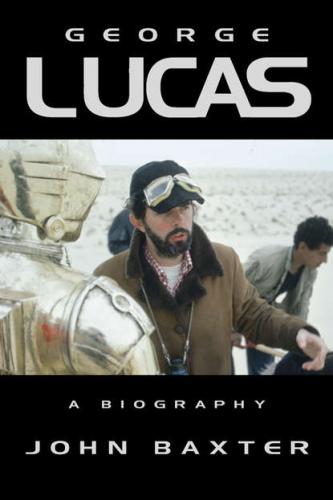Lucas didn’t aspire to compete with Hollywood science fiction like Forbidden Planet or Planet of the Apes. Another kind of science fiction film had always existed parallel to them. This strain was disreputable, catchpenny, its plots vulgar, its costumes cheap. It encompassed Ed Wood’s Plan Nine from Outer Space, Roger Corman’s The Beast with a Million Eyes and Attack of the Crab Monsters, and Japanese imports like Godzilla. Its market was revival houses or drive-ins, its audience teenagers with one hand up their girl’s skirt and the other clutching a Coke.
Whenever Hollywood got more money for a science fiction film, it splurged on state-of-the-art special effects, good mainstream writers, well-known stars. Forbidden Planet was directed by the director of Lassie Come Home. Its scriptwriter wrote Tarzan the Ape Man. Its cameraman photographed Ernst Lubitsch’s The Smiling Lieutenant. It starred Walter Pidgeon, one of MGM’s oldest and most respected leading men. To do what Lucas proposed with his science fiction film, i.e. spend money not on making the product more intellectually respectable or scientifically authentic, but on amplifying the sleaziness and vulgarity, seemed absurd to Hollywood. One might as well take some cheap old car, give it a lustrous paint job, and tart it up with chrome and flashing lights …
In 1971, Lucas wasn’t pushing the sf project too hard. He still hoped he might acquire the rights to the Flash Gordon comic strip and incorporate his ideas into a remake of the serial version. At the same time, he began looking at some of the work being done by new people at the edge of the sf movie world. Matthew Robbins and Hal Barwood, trying to find backing for a science fiction script called ‘Star Dance,’ had asked an artist named Ralph McQuarrie to create some concept paintings in the hope of interesting possible investors. The film never got made, but Lucas spent an afternoon in McQuarrie’s tiny garage apartment going through slides of his work. As a technical artist at Boeing, McQuarrie had drawn the illustrations for the company’s parts catalogue. After that, he did ‘artist’s impressions’ of space and other planets for NASA and CBS News, and worked for the Encyclopedia Britannica
Конец ознакомительного фрагмента.
Текст предоставлен ООО «ЛитРес».
Прочитайте эту книгу целиком, купив полную легальную версию на ЛитРес.
Безопасно оплатить книгу можно банковской картой Visa, MasterCard, Maestro, со счета мобильного телефона, с платежного терминала, в салоне МТС или Связной, через PayPal, WebMoney, Яндекс.Деньги, QIWI Кошелек, бонусными картами или другим удобным Вам способом.
